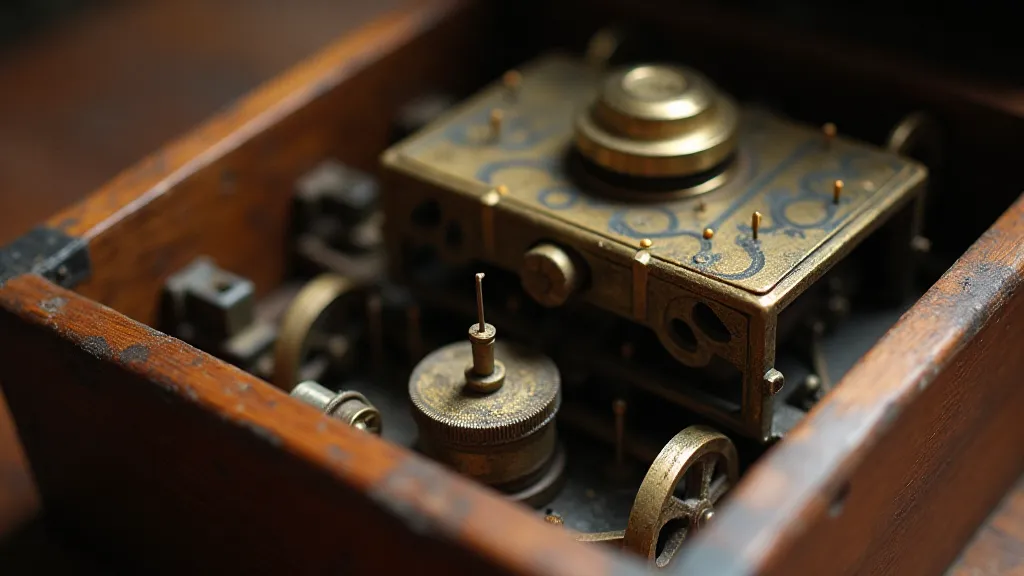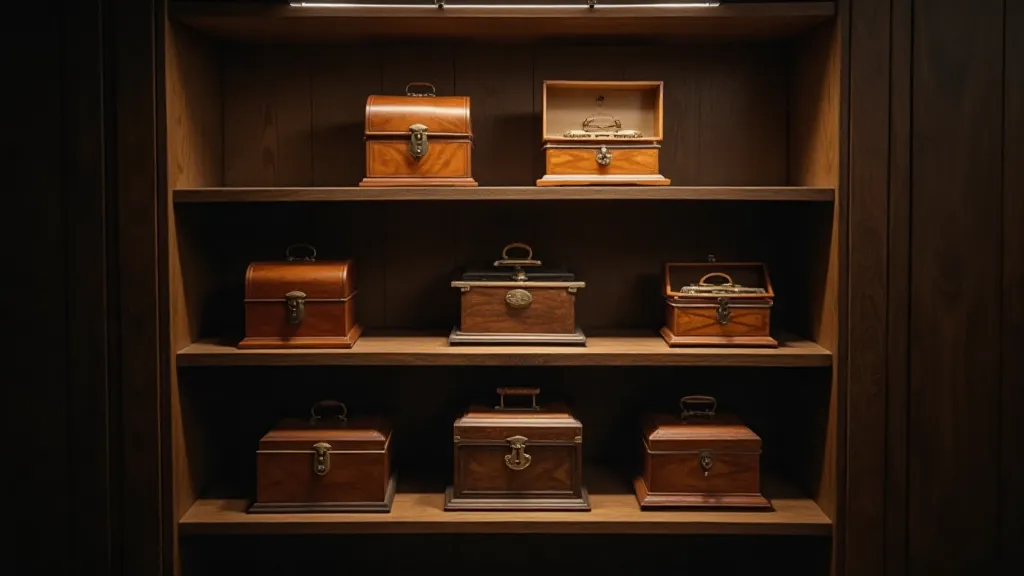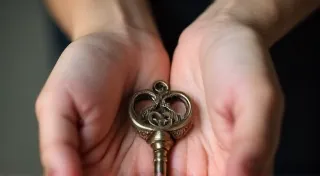The Resonance of Absence: How Damage and Restoration Reveal an Object’s Past
There’s a particular ache that settles in your chest when you hold an antique music box—not one born of sadness, but one of profound connection. You’re not merely holding a mechanism, a collection of gears and a tiny drum; you're holding a whisper from a past life, a tangible link to someone who cherished its melody. And sometimes, that connection is deepened, made all the more poignant, by the marks of time – the cracks, the missing pieces, the subtle discolouration. It's in these imperfections, the "resonance of absence," that the most revealing stories are often found.
My own fascination with antique music boxes began with a box discovered at a dusty estate sale. It was a simple cylinder box, its once-bright painted surface dulled and chipped, the lid slightly warped. It didn't sing perfectly; a few notes wavered. It lacked the grandeur of the elaborate Swiss creations, but it possessed a quiet charm that captivated me. I bought it for a pittance, instinctively knowing there was a story waiting to be uncovered.

A History Etched in Wood and Metal
To understand the stories etched into these boxes, we need a glimpse into their history. Music boxes weren’t initially luxury items. The earliest forms, emerging in the late 18th century, were relatively simple, often using pinned cylinders to produce rudimentary melodies. They evolved rapidly, fueled by the industrial revolution and the burgeoning middle class eager for affordable entertainment. The Swiss, particularly in the Jura region, became the undisputed masters of the craft, combining meticulous engineering with artistic embellishment. These boxes were often gifted – a first anniversary, a child’s birthday, a farewell. They were objects of comfort, joy, and a connection to loved ones.
The 19th century saw a surge in popularity, with intricate automata music boxes featuring dancing figures, birds, and other whimsical scenes. The craftsmanship was astonishing, requiring a multitude of skills – metalworking, woodworking, painting, and mechanical engineering. Many of these boxes were commissioned pieces, tailored to the specific tastes of their owners. But inevitably, time takes its toll. Accidents happen, pieces break, and fashions change.
The Language of Damage
A missing comb, a cracked lid, a tarnished surface – these aren't simply flaws; they're clues. Each imperfection speaks volumes about the box’s journey. A large crack across a lid might suggest a dramatic fall, a forgotten box hastily retrieved from a chaotic household. A missing figurine on an automata box might indicate a playful tussle with a child, a cherished toy relegated to a less prominent place, or perhaps it was lost during a move.
I once acquired a beautifully inlaid rosewood box with a significant area of missing inlay – tiny mother-of-pearl flowers gone, leaving behind a dark, empty space. The original owner’s descendants believed a young girl, enamored with the box, had painstakingly removed the inlays, perhaps intending to create her own miniature version. It’s a bittersweet image, a testament to youthful creativity and the inevitable passage of time. The absence of those small pieces creates a profound visual narrative; it’s a miniature tragedy frozen in wood.
Even the type of tarnish on the metal components can provide information. The presence of certain acids suggests the box might have spent time near fruit, or perhaps it was stored in a humid environment. A faint scent clinging to the wood, despite decades of storage, can evoke memories and connect you, however fleetingly, to the original owner's daily life.
The Art of Restoration: Respecting the Past
Restoration is a delicate balancing act. The goal isn't to create a flawless replica, but to stabilize the box, preserve its integrity, and reveal its beauty. Aggressive cleaning and replacement of original parts can erase crucial historical evidence. A truly skilled restorer understands this, embracing the patina of age and striving for minimal intervention.

In my own (admittedly amateur) efforts to care for my collection, I’m always hesitant to “fix” anything beyond the absolutely necessary. I’m more inclined to stabilize a loose joint with a touch of beeswax than to replace a missing jewel. It's about understanding that the imperfections *are* part of the story. It's about acknowledging the life the box has lived.
The process can also reveal hidden details. During a recent minor repair, I uncovered a faint inscription on the underside of a lid – a small, barely visible “E.M.” It's a tiny detail, but it immediately deepened my connection to the box. Who was E.M.? A loved one? The original owner? It’s a mystery I might never solve, but the inscription adds another layer to the box’s narrative.
More Than Just Music
Antique music boxes aren't just mechanical instruments; they are vessels of memory, echoes of a bygone era. They embody a time when craftsmanship was valued, when entertainment was simpler, and when the smallest objects could hold immense sentimental worth. The resonance of absence, the beauty found in the damage and the careful restoration, reveals more than just the mechanics of the box. It reveals the lives it has touched, the moments it has witnessed, and the enduring power of music to transcend time.
Perhaps the true value of collecting antique music boxes lies not in possessing pristine, perfect specimens, but in appreciating the stories woven into their very existence – the stories whispered by the cracks, the missing pieces, and the quiet, enduring melodies that still resonate across the years. The box isn’t just playing a song; it’s sharing a secret, a memory, a legacy.






